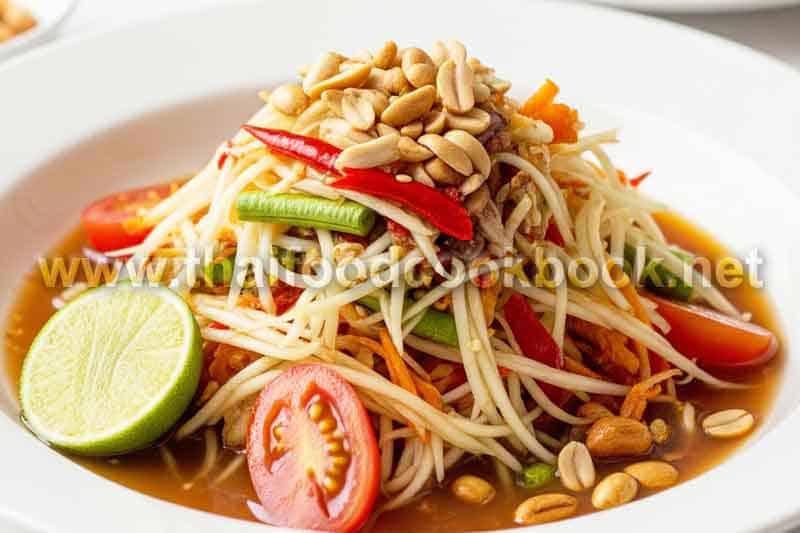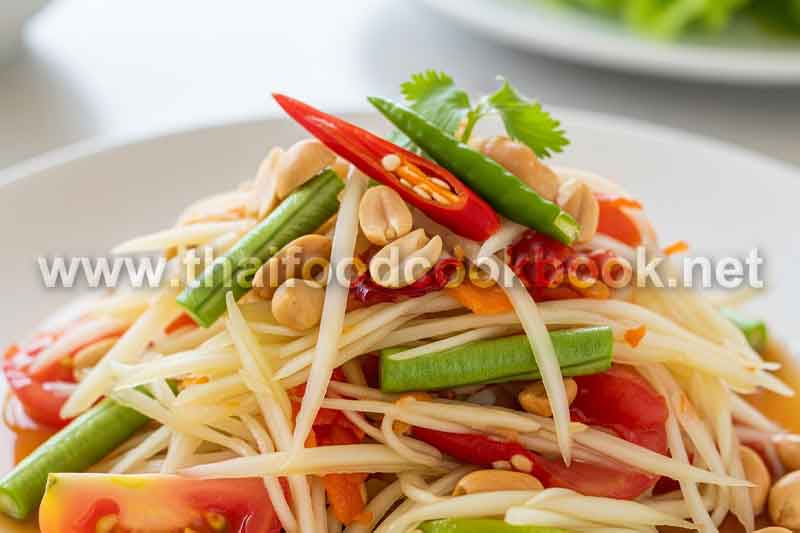Why Your Thai Food Doesn’t Taste “Thai Enough”
Many home cooks follow Thai recipes perfectly but still feel something is missing — the dish looks correct, yet the flavor doesn’t have that bold, aromatic punch that Thai food from restaurants or street vendors has. The reason isn’t usually the recipe itself, but the techniques and ingredient handling behind it. Authentic Thai flavor comes from timing, heat control, and the way herbs are treated, not just the list of ingredients. This guide explains the most common reasons Thai food tastes “almost right” but not truly Thai — and how to fix it.
1. You’re Using the Right Ingredients, but in the Wrong Form
Thai herbs release flavor differently based on how they’re prepared. For example, lemongrass that is chopped instead of bruised will smell weak, and kaffir lime leaf that is sliced instead of torn will lose essential oils.
- Lemongrass should be bruised, not minced
- Kaffir lime leaf should be torn, not cut
- Galangal should be sliced thin to release aroma
- Coriander root gives more flavor than leaves
When the herbs are handled correctly, the flavor becomes deeper and more aromatic.
2. Not Using Enough Heat When Stir-Frying
Many kitchens outside Thailand use low or medium heat, causing ingredients to steam instead of sear. Thai stir-frying requires high heat first, fast toss second. This creates the smoky wok aroma (“wok hei”) that people associate with street-style flavor.
| Wrong Method | Result |
|---|---|
| Low heat + slow cooking | Flat, stewed flavor |
| High heat + constant tossing | Bold, aromatic flavor |
Without the heat, the dish loses intensity.
3. Adding Ingredients in the Wrong Order
Thai flavor is layered step by step. If you add everything at once, the dish won’t develop complexity.
The correct order is usually:
- Oil → aromatics (garlic/chili)
- Protein → absorbs aroma
- Vegetables / noodles
- Sauce → coats ingredients
- Herbs → added last to preserve fragrance
This sequencing is what gives Thai food its signature depth.
4. Relying on Sugar Instead of Balance
In many Western-style Thai recipes, sugar is overused to compensate for missing flavors. Real Thai cooking uses balance, not sweetness.
| If Too Salty | If Too Spicy | If Too Bland |
|---|---|---|
| Add lime/tamarind | Thin with coconut milk | Add chili or fish sauce |
The dish should feel alive — not sugary.
5. Using the Wrong Type of Chili or Sauce
Even if you have “the right” ingredient category, a different brand or chili type can change the profile completely. For example, bird’s eye chili has a different aroma from generic red chili, and real fish sauce tastes cleaner than cheap salty versions.
Authenticity comes from aroma + balance, not just heat.
6. Not Letting the Aroma Develop
In Thai cooking, the fragrance is at least 50% of the flavor experience. If you rush the first stage — garlic, chili, and oil — the final dish will taste weak.
Let aromatics “bloom” briefly before adding other ingredients. This simple step is one of the biggest separators between beginner cooking and restaurant-style flavor.
Summary
Your Thai food may not taste “Thai enough” not because you lack the right ingredients, but because the techniques behind aroma, heat, and flavor layering were skipped. Authenticity lives in how you treat herbs, when you add ingredients, and how you control the wok — not just what you put in the pan. With the right preparation and heat timing, your dish will finally taste like real Thai cuisine, not just a close imitation.

